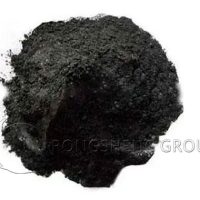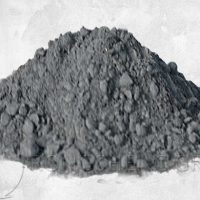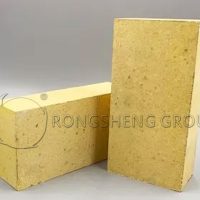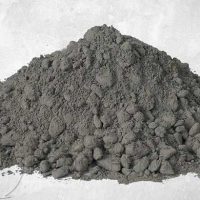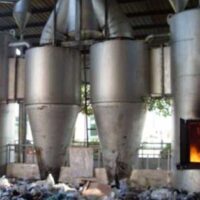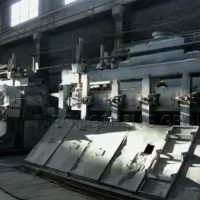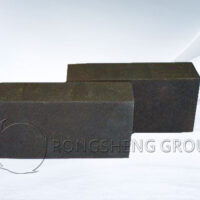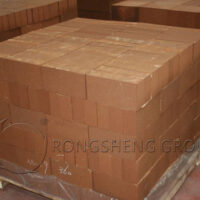Silicon Carbide Refractory is a high-quality refractory material that has long been known. It has high strength, high thermal conductivity, good shock resistance, oxidation resistance, wear-resistance and corrosion resistance. There are many uses in industrial sectors such as metallurgy, energy, and chemicals.
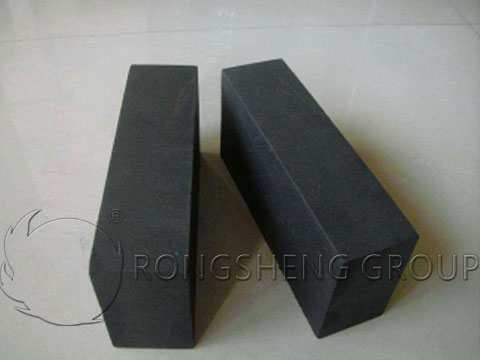
Silicon Carbide Refractory Materials Products
Initially, SiC refractories used clay, SiO2, silicate, mullite, etc. as binders. Now high-tech SiC products have been developed and have been put into production and application. Such as silicon nitride combined with silicon carbide, silicon oxynitride combined with silicon carbide. In the shaped refractories, SiC can be used as a main component to make silicon carbide fire bricks products, or as an additive component to make semi-SiC products.
SiC has the advantages of low thermal expansion coefficient, high thermal conductivity, high-temperature strength, good slag resistance, and protective oxidation. It is widely used as a high-performance refractory or as an additive to improve the performance of refractory, especially slag resistance and thermal shock stability. After adding SiC to refractory products, it can improve the high-temperature strength and thermal shock stability of Al2O3-SiO2 refractory castable.
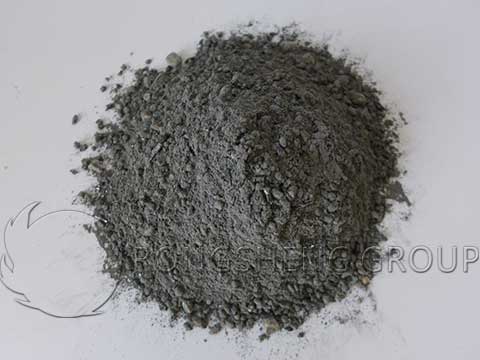
With the advancement of refractory production technology, SiC products are made into refractory materials with multiple uses as described above according to different processes. Its high-temperature performance is therefore more excellent. For example, Si3N4 combined with SiC, the high-temperature flexural strength (1350℃) reaches 44MPa, which is 3 times that of ordinary SiC bricks, 20 times that of fused cast alumina bricks, and 50 times that of clay refractory bricks. Good anti-oxidation performance, the highest surface temperature is 1750℃, while ordinary SiC brick is only 1500℃. Other thermal shock resistance and other high-temperature performance are better than ordinary SiC brick, chrome aluminum brick, clay brick.
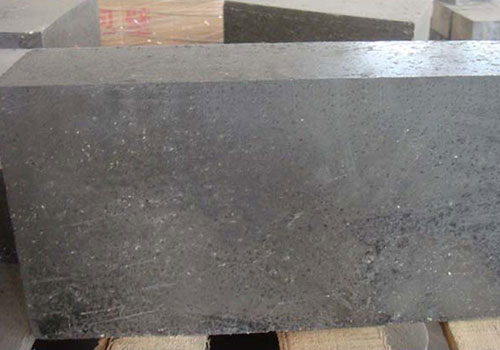
What’s more, According to several common factors such as operating temperature, thermal conductivity, and good anti-quick cooling and thermal shock effect, a negative electrode material crucible combining silicon carbide and corundum has been developed. The principle is mainly based on the high thermal conductivity of silicon carbide, small thermal expansion coefficient, and it is difficult to be infiltrated, and its oxidation at high temperature is protective oxidation, and its anti-oxidation ability is significantly better than that of carbon materials. Therefore, corundum and silicon carbide are compounded to prepare a promising crucible containing negative electrode materials in a graphitization furnace. It has a wide range of applications in the manufacture of negative electrode material graphitization furnace crucibles.
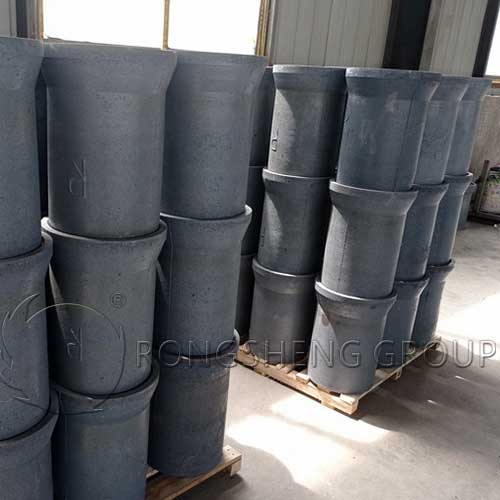
Characteristics of Silicon Carbide Refractories
As a non-oxide, SiC can also be widely used in many fields. Mainly because it can form a dense SiO2 protective film on its surface and has good oxidation resistance. However, SiC is thermodynamically easy to react with oxygen in the air. In practical applications, especially under the action of high temperature, low oxygen pressure, and long time, the SiC oxidation rate is very fast.
There is a certain thermal stability relationship among various types of SiC. The α β crystal form also converts to each other. When the temperature is below 1600℃, SiC exists in the form of β-SiC. When the temperature is higher than 1600℃, β-SiC slowly transforms into various deformed bodies of α-SiC through recrystallization. For α-β conversion, higher pressure is required, while for β-α conversion, only lower pressure is required. The conversion between various types of silicon carbide does not produce a volume effect. It is generally believed that the solid solution of trace impurities in SiC not only affects the transformation between α and β crystal forms but also affects the transformation of the thermal stability relationship between polymorphs. For example, boron and nitrogen that form a solid solution in SiC can promote α-β conversion, and the presence of impurity Fe promotes β-α conversion. AL solid solution accelerates the -4H conversion of SiC and stabilizes the 4H polytype. SiC is a chemical with a strong covalent bond.
SiC maintains high bonding strength at high temperatures. Therefore, SiC has high hardness, large elastic modulus, and excellent wear resistance. SiC will not be eroded by most acid-base solutions. Such as (HCL, HNO3, H2SO4, NaOH, HF), the oxidation reaction will occur when heated in air, but it often exhibits the characteristics of passive oxidation. During oxidation, a SiO2 film is formed on the SiC surface to suppress further oxidation of oxygen. In addition, SiC also has excellent thermal conductivity, pure SiC insulator, doped SiC has a negative temperature coefficient, can be used as a high-temperature heating element with nonlinear resistance characteristics.
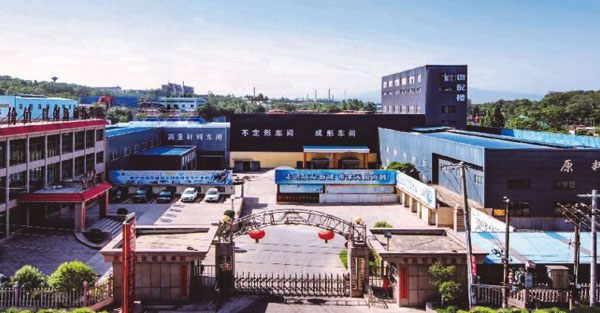
Contact Rongsheng Refractory Manufacturer
RS Silicon Carbide Refractories Supplier
Rongsheng silicon carbide refractory material manufacturers, providing high-quality silicon carbide bricks, silicon carbide refractory castables, silicon carbide refractory plastics, and silicon carbide crucibles (various diameters, custom sizes). Contact us for free samples and quotes.

